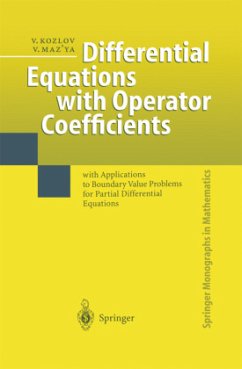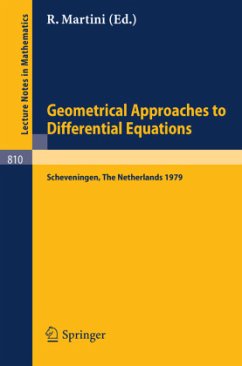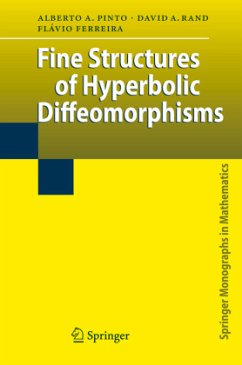
Basic Theory of Ordinary Differential Equations

PAYBACK Punkte
31 °P sammeln!
The authors' aim is to provide the reader with the very basic knowledge necessary to begin research on differential equations with professional ability. The selection of topics should provide the reader with methods and results that are applicable in a variety of different fields. The text is suitable for a one-year graduate course, as well as a reference book for research mathematicians. The book is divided into four parts. The first covers fundamental existence, uniqueness, smoothness with respect to data, and nonuniqueness. The second part describes the basic results concerning linear diffe...
The authors' aim is to provide the reader with the very basic knowledge necessary to begin research on differential equations with professional ability. The selection of topics should provide the reader with methods and results that are applicable in a variety of different fields. The text is suitable for a one-year graduate course, as well as a reference book for research mathematicians. The book is divided into four parts. The first covers fundamental existence, uniqueness, smoothness with respect to data, and nonuniqueness. The second part describes the basic results concerning linear differential equations, the third deals with nonlinear equations. In the last part the authors write about the basic results concerning power series solutions. Each chapter begins with a brief discussion of its contents and history. The book has 114 illustrations and 206 exercises. Hints and comments for many problems are given.














